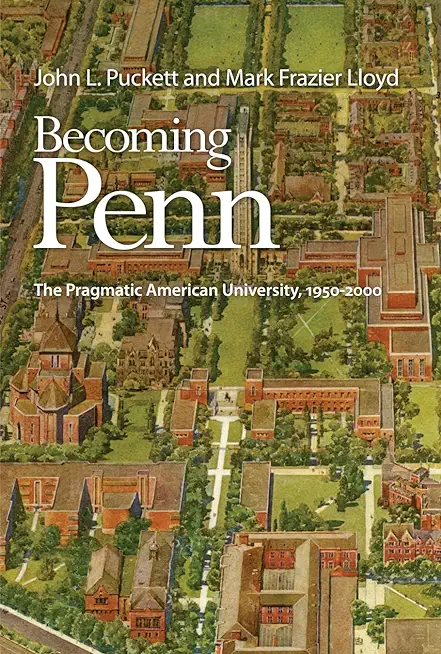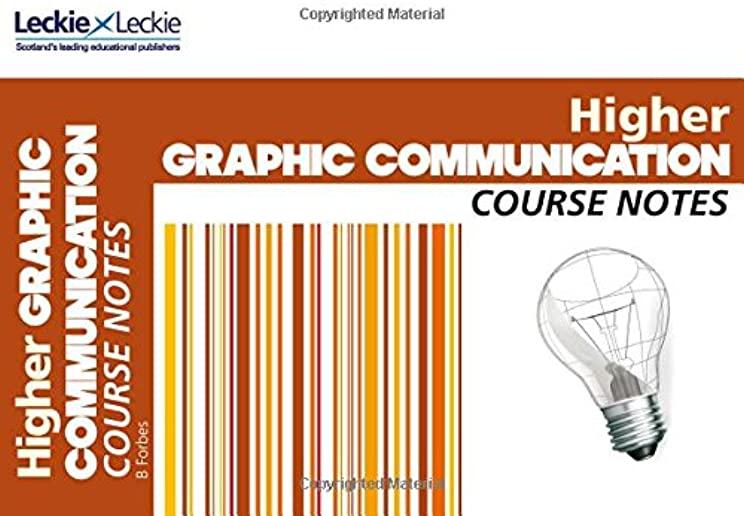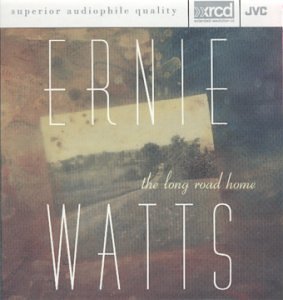
description
century saw the University of Pennsylvania grow in size as well as in stature. On its way to becoming one of the world's most celebrated research universities, Penn exemplified the role of urban renewal in the postwar redevelopment and expansion of urban universities, and the indispensable part these institutions played in the remaking of American cities. Yet urban renewal is only one aspect of this history. Drawing from Philadelphia's extensive archives as well as the University's own historical records and publications, John L. Puckett and Mark Frazier Lloyd examine Penn's rise to eminence amid the social, moral, and economic forces that transformed major public and private institutions across the nation. Becoming Penn recounts the shared history of university politics and urban policy as the campus grappled with twentieth-century racial tensions, gender inequality, labor conflicts, and economic retrenchment. Examining key policies and initiatives of the administrations led by presidents Gaylord Harnwell, Martin Meyerson, Sheldon Hackney, and Judith Rodin, Puckett and Lloyd revisit the actors, organizations, and controversies that shaped campus life in this turbulent era. Illustrated with archival photographs of the campus and West Philadelphia neighborhood throughout the late twentieth century, Becoming Penn provides a sweeping portrait of one university's growth and impact within the broader social history of American higher education.
member goods
No member items were found under this heading.
Return Policy
All sales are final
Shipping
No special shipping considerations available.
Shipping fees determined at checkout.







